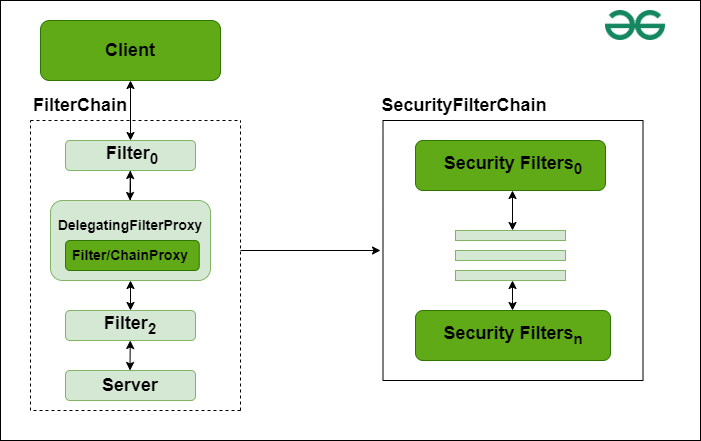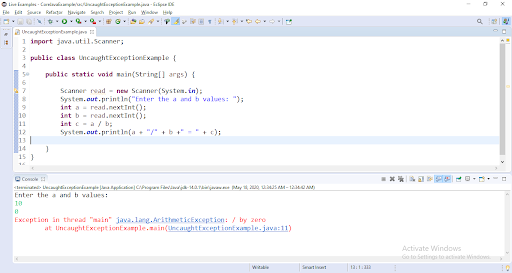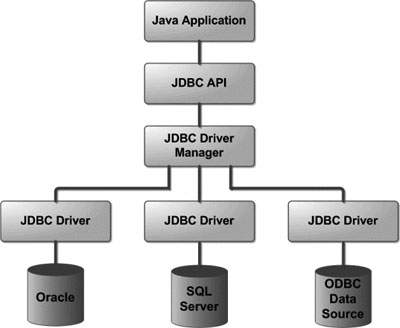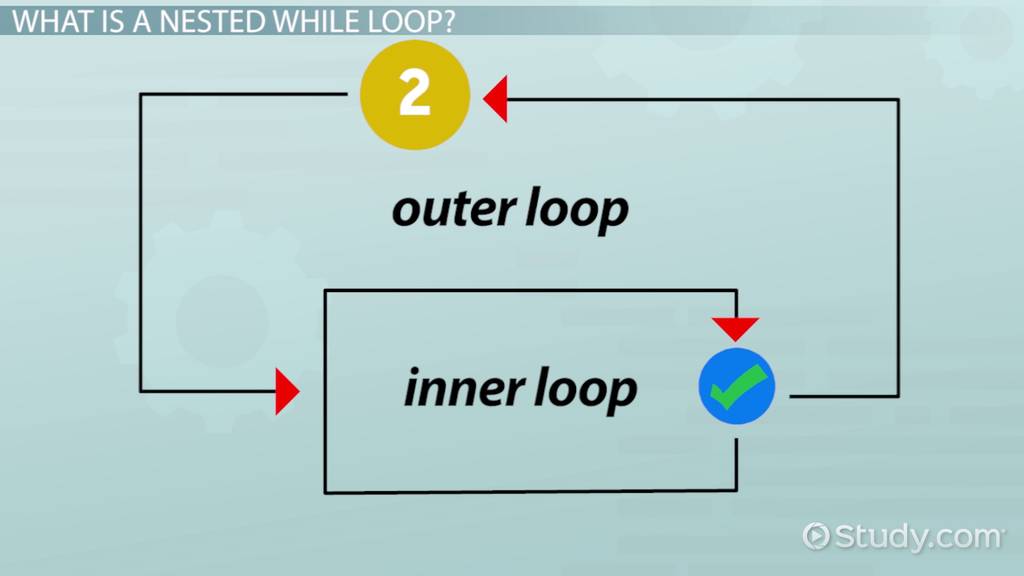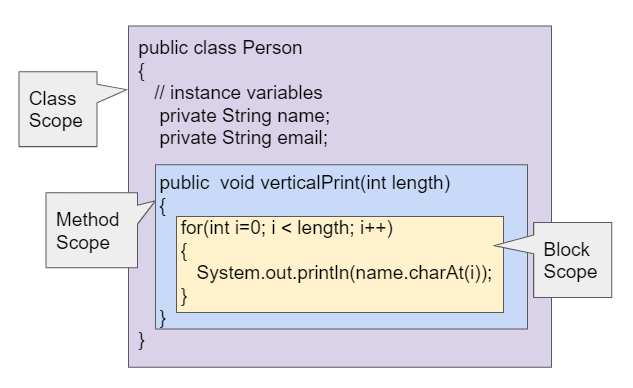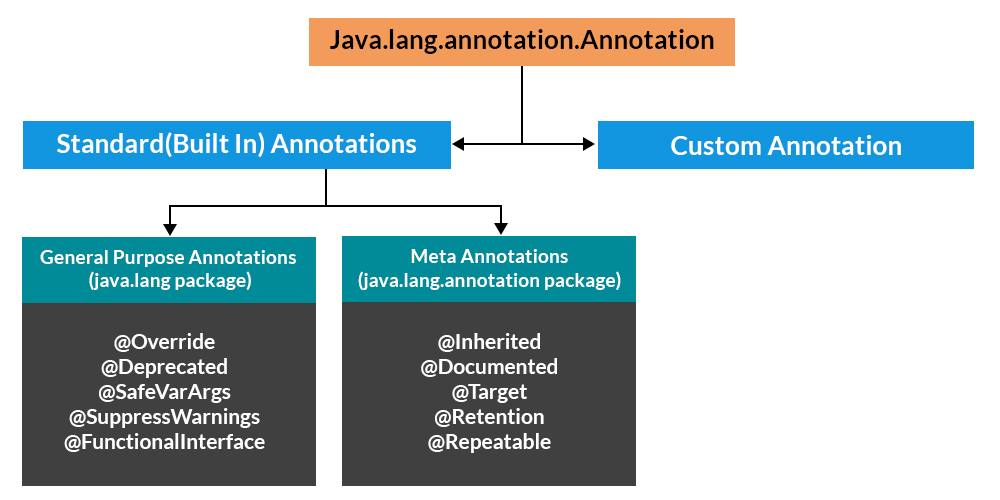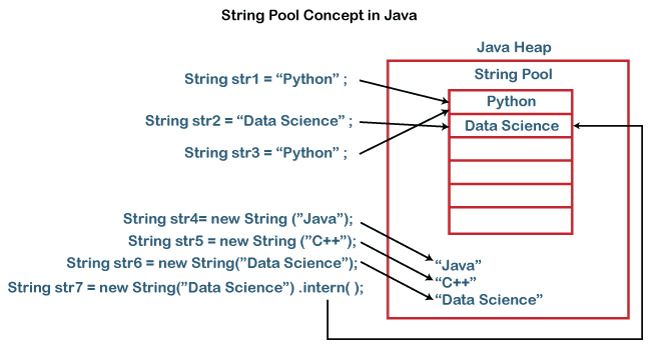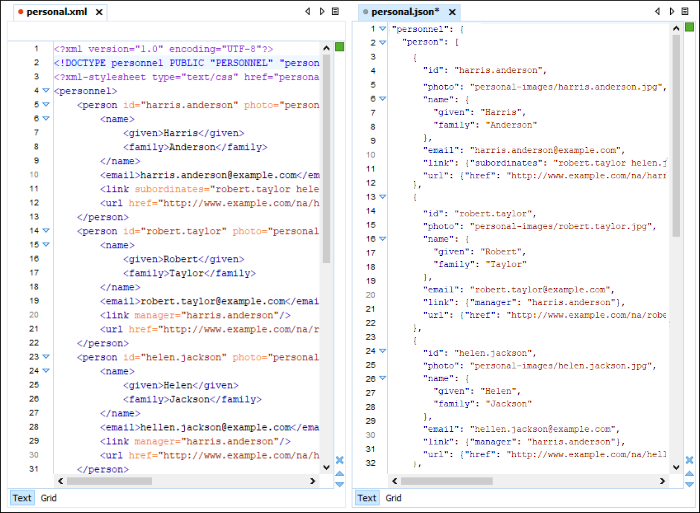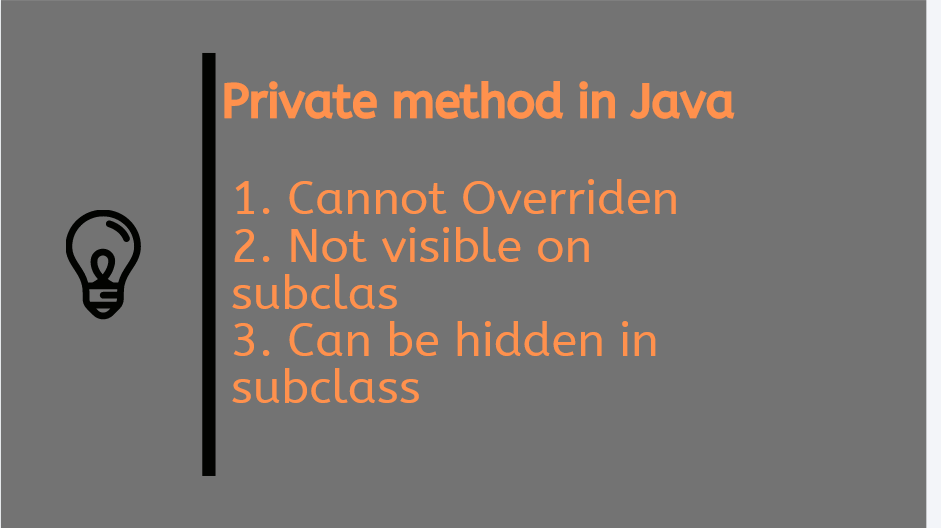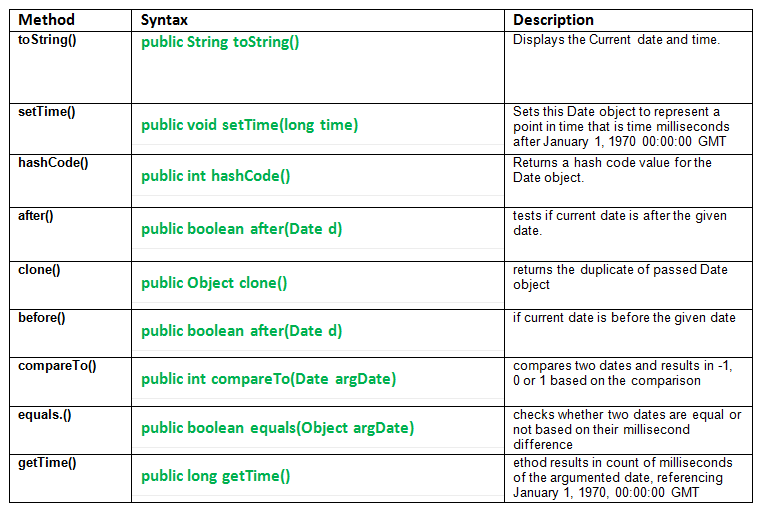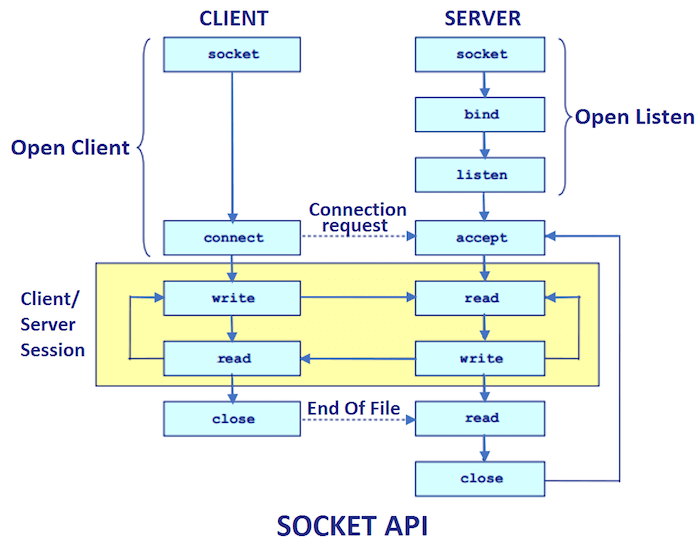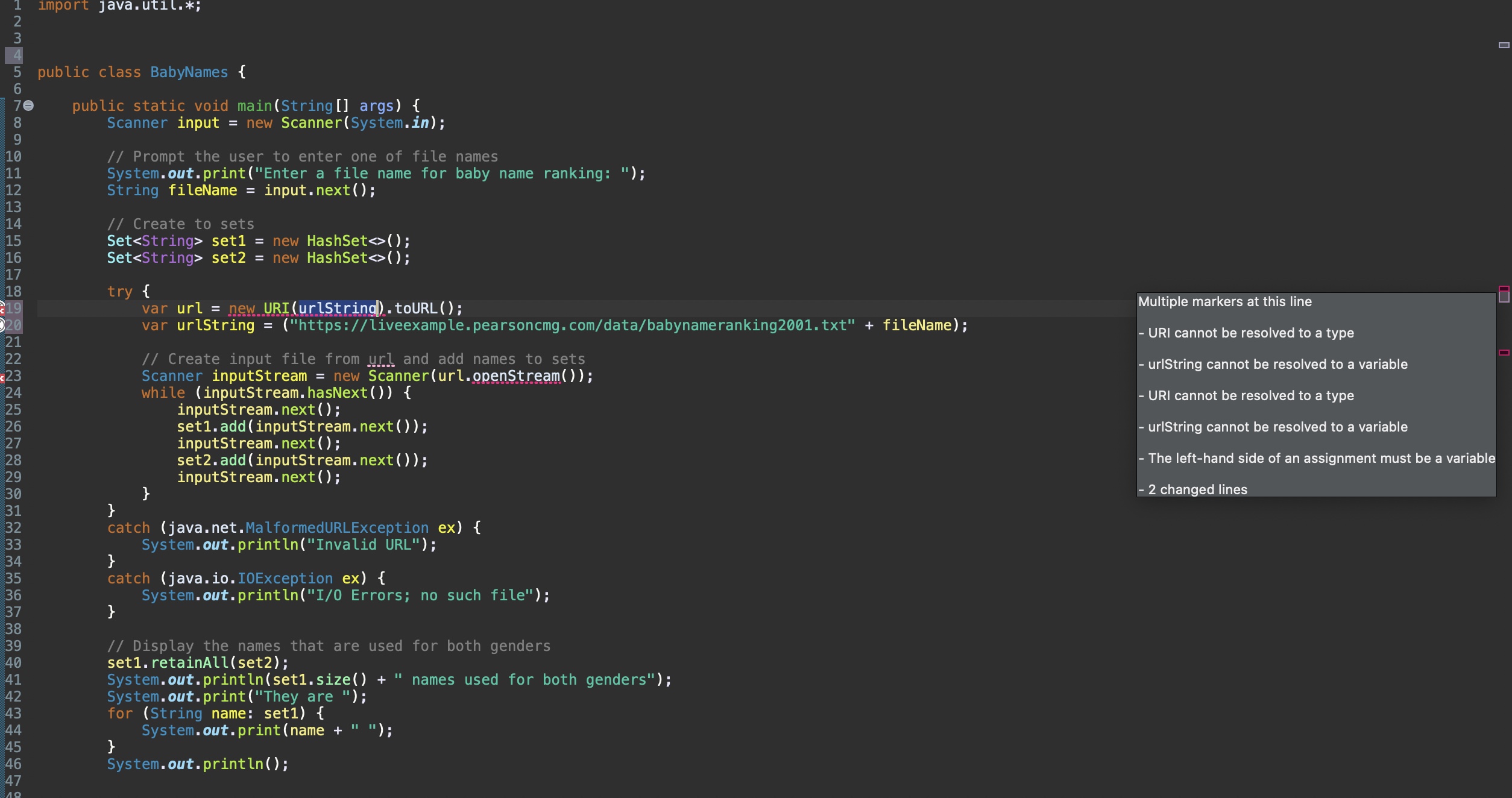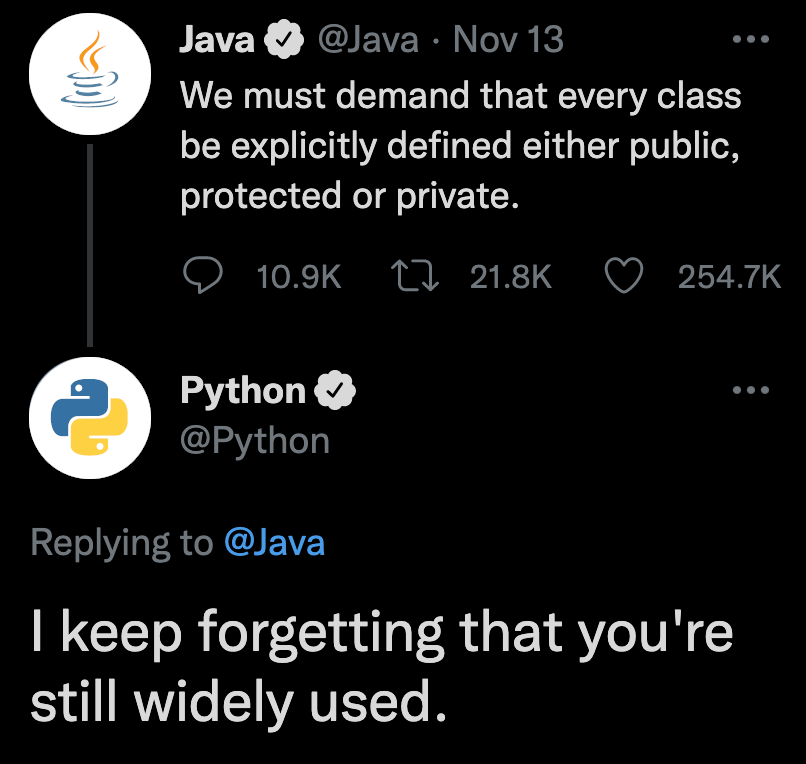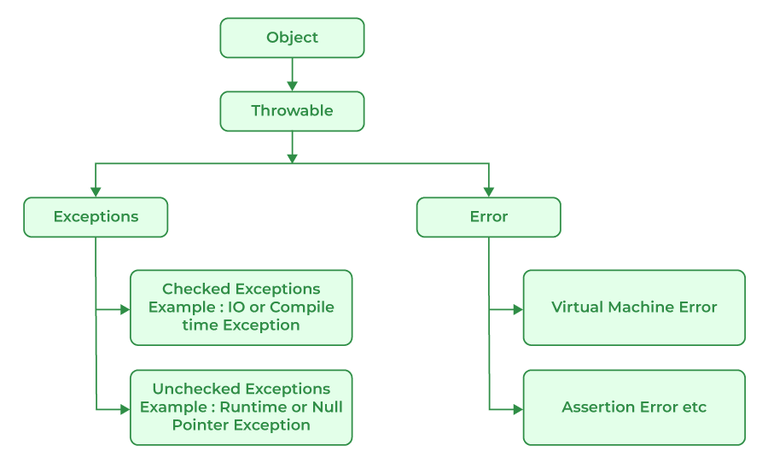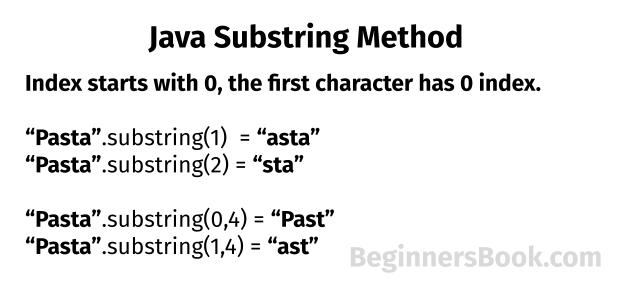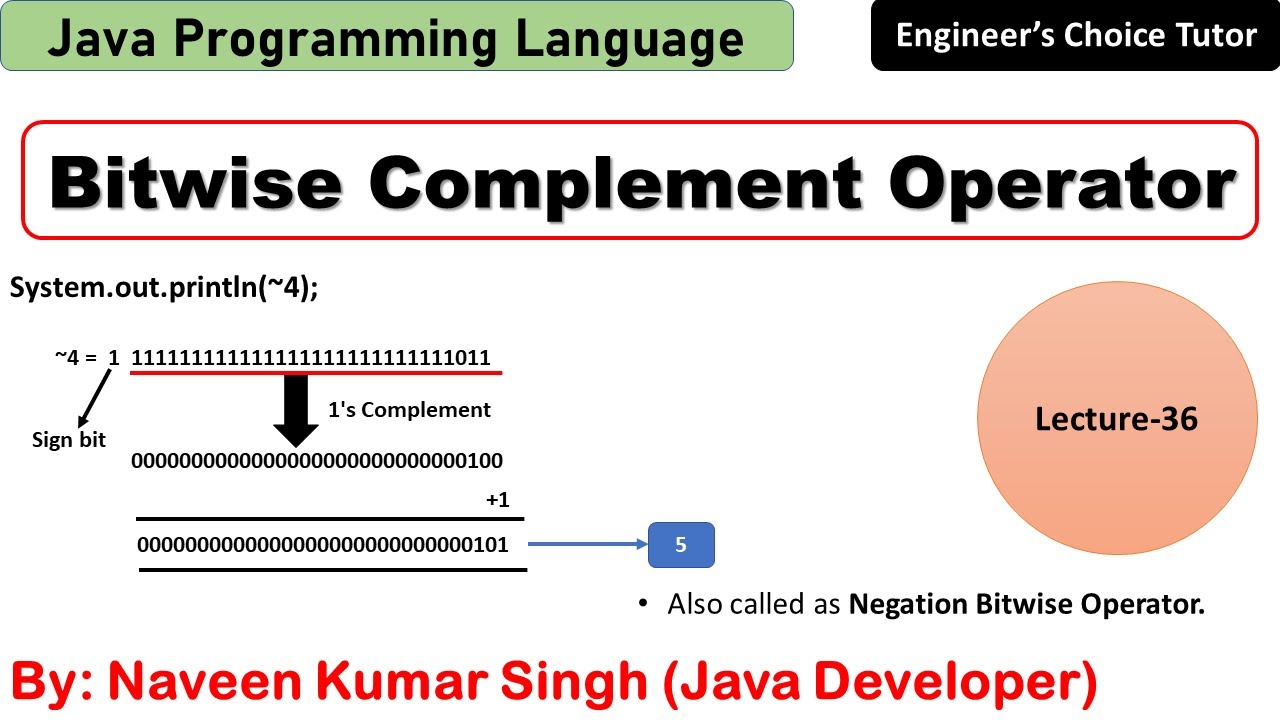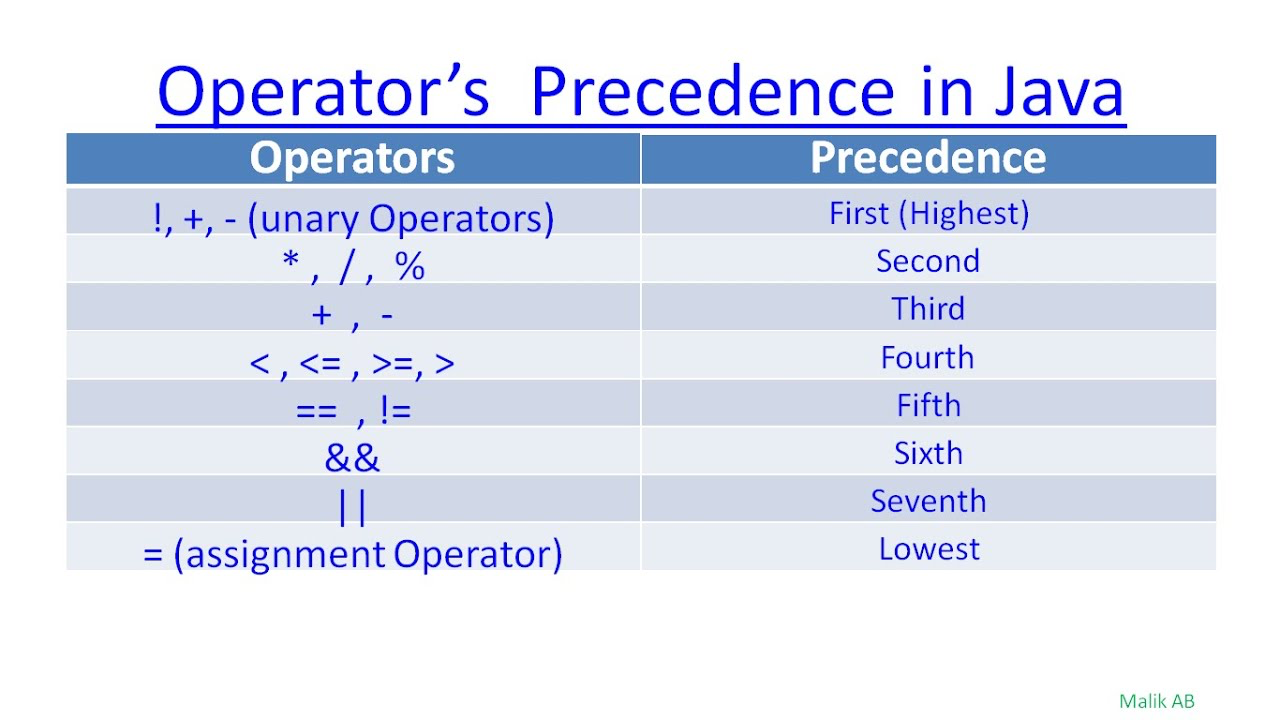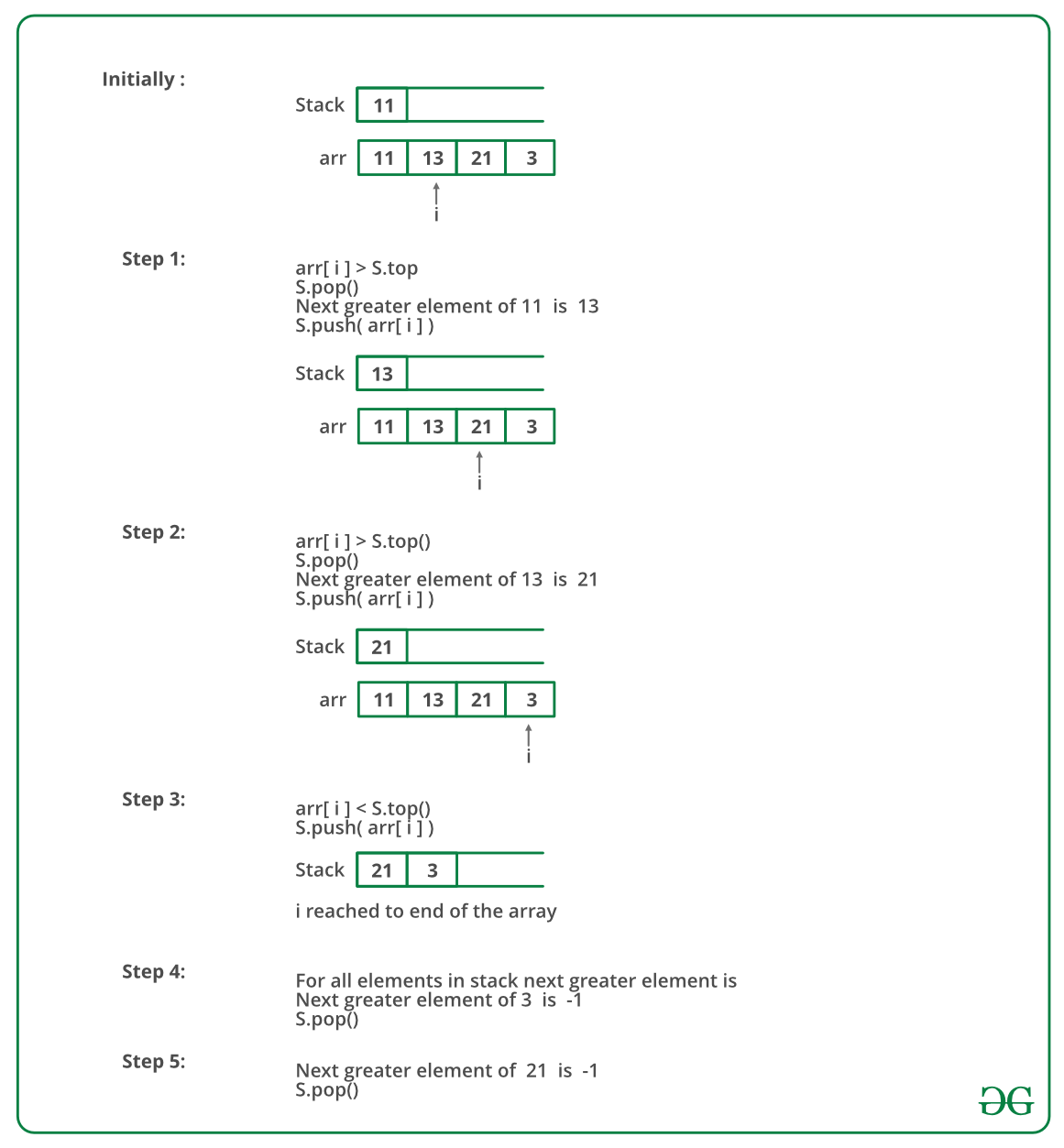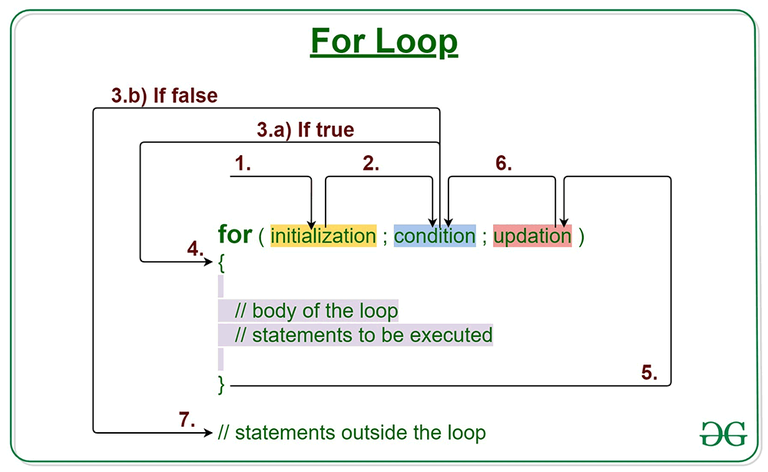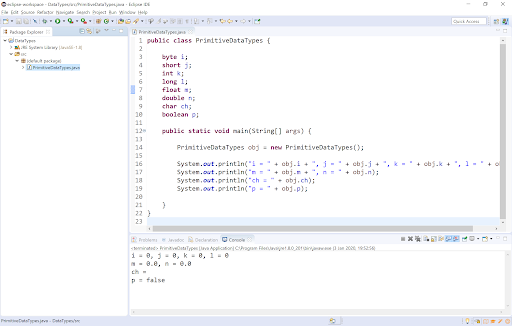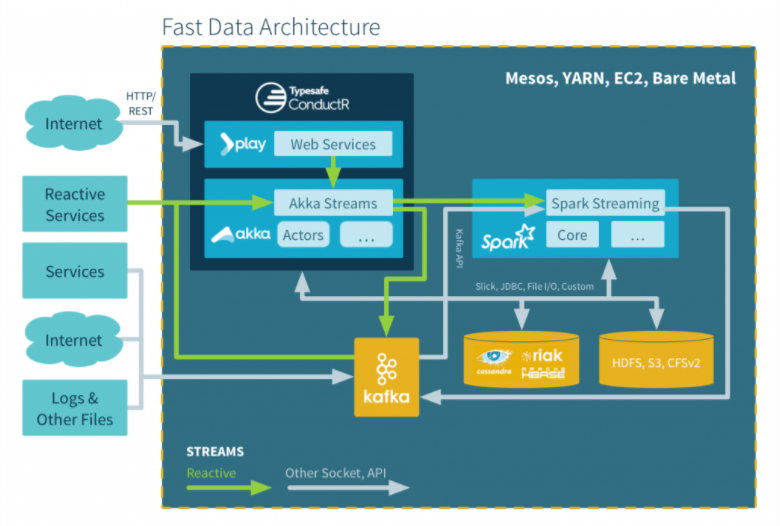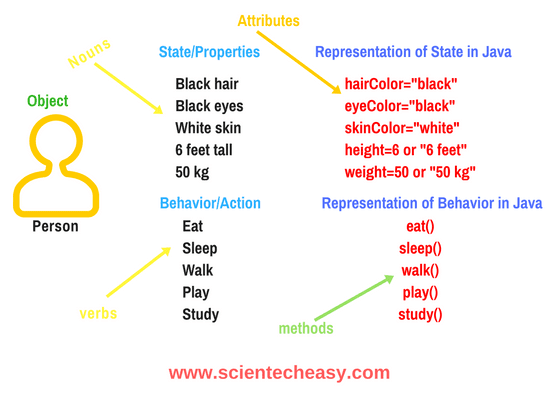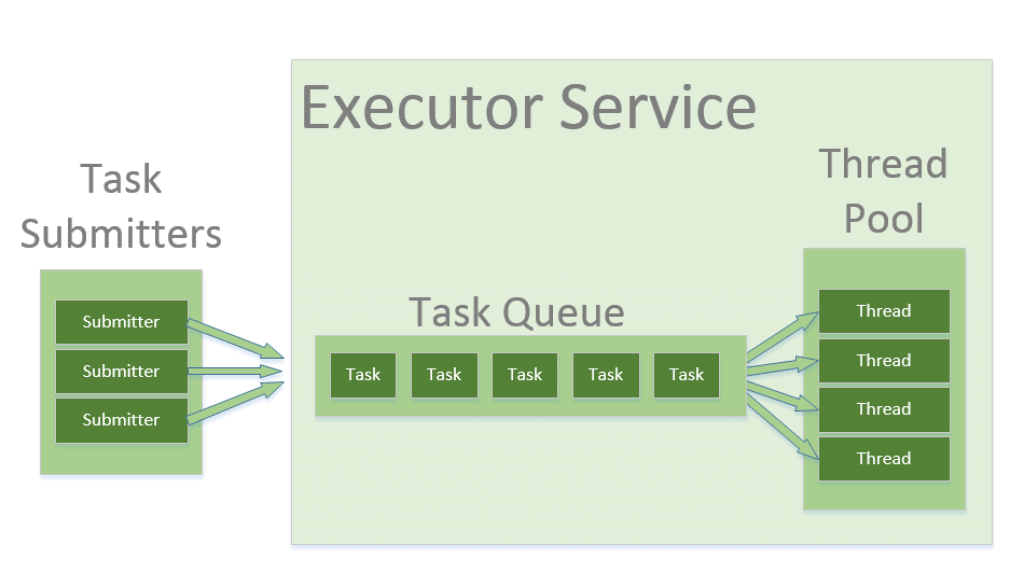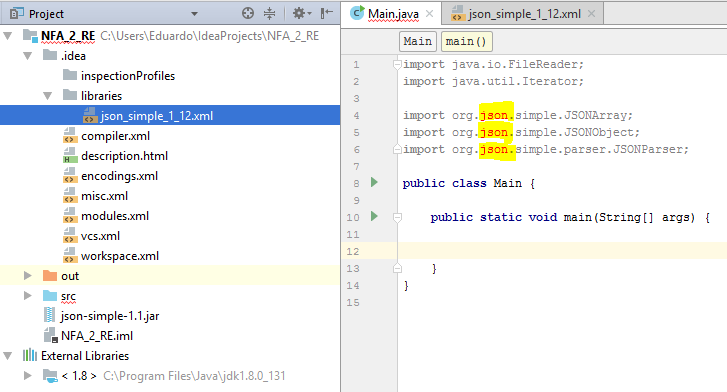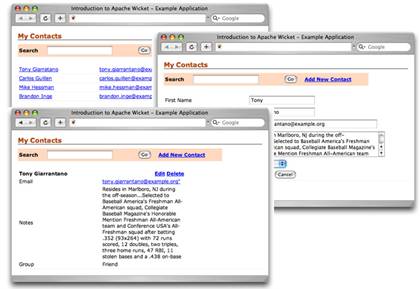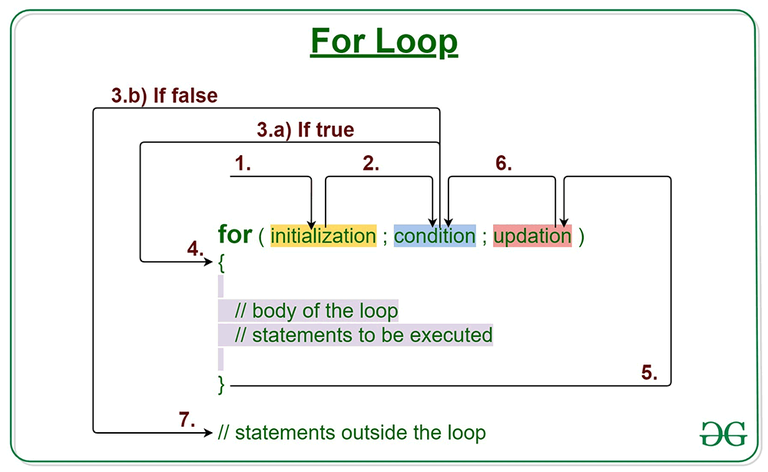Java functional programming
Java functional programming
I'd love to help you with that!
Java functional programming is a paradigm shift in the way we write code. It's all about treating functions as first-class citizens, just like objects or primitives. In functional programming, we focus on composing pure functions to solve problems.
Here are some key concepts and benefits of using Java functional programming:
Functions as First-Class Citizens: In traditional imperative programming, functions are simply blocks of code that take input and produce output. In functional programming, functions are first-class citizens that can be passed around like objects or returned from other functions. Immutable Data Structures: Functional programming encourages the use of immutable data structures. This means that once a data structure is created, it cannot be changed in place. Instead, new data structures are created to reflect changes. This has many benefits, such as making your code more predictable and easier to reason about. Pure Functions: Pure functions are functions that take input and produce output without modifying any state or causing side effects. This means they can be safely composed together and reused in different contexts. Lambdas and Method References: Java 8 introduced lambdas, which are concise function expressions that can be used as arguments to methods likestream().map() or as a return value from other functions. Method references allow you to treat lambda expressions as method calls. Stream API: The Stream API is a powerful tool for processing data in a declarative way. You create streams of data, chain together operations (like filter, map, and reduce), and then collect the results. Functional Programming Concepts: Composition: Building complex functions from simpler ones by chaining them together. Memoization: Caching function results to avoid redundant computations. Currying: Converting a multi-argument function into a sequence of single-argument functions.
The benefits of using Java functional programming include:
Easier Code Readability: With fewer mutable state variables and more emphasis on pure functions, your code becomes easier to read and understand. Improved Code Reusability: Pure functions can be safely composed together and reused in different contexts, making them a valuable resource for building robust and maintainable systems. Faster Development Cycles: With the Stream API's concise syntax and powerful functionality, you can develop code faster and focus on higher-level problems. Better Error Handling: Since functions are pure and have no side effects, errors will propagate correctly and won't corrupt your data.To get started with Java functional programming, I recommend exploring the following resources:
Java 8 Language Specification: Learn about the new features and syntax in Java 8, including lambdas, method references, and the Stream API. Lambda Expressions Cookbook: A collection of lambda expressions with practical examples for using them in your code. Stream API Guide: A comprehensive guide to the Stream API, covering topics like filtering, mapping, reducing, and collecting data.By embracing Java functional programming, you'll be well on your way to writing more concise, expressive, and maintainable code!
How to create a class and function in Java?
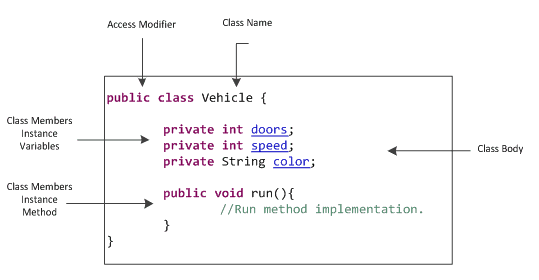
In Java, you can create a class by using the public keyword followed by the name of your class, followed by {} brackets that define the body of your class. A class is essentially a blueprint for creating objects, which are instances of your class.
Here's an example of how to create a simple class in Java:
public class Dog {
private String breed;
private int age;
public Dog(String breed, int age) {
this.breed = breed;
this.age = age;
}
public void bark() {
System.out.println("Woof!");
}
}
In the above example, Dog is the name of our class. We have two private fields: breed and age. These are like variables that can only be accessed within this class. We also have a constructor, which is a special method that gets called when an object of this class is created.
Now let's talk about functions in Java, which are essentially methods inside a class that perform specific actions:
public void bark() {
System.out.println("Woof!");
}
In the above example, bark is a function or method within our Dog class. When we call this function on an instance of our Dog class (let's say, myDog.bark()), it will print "Woof!" to the console.
Here are some key points about functions in Java:
Methods: Functions in Java are also known as methods. Access Modifiers: You can use access modifiers likepublic, private, or protected to control how your method is accessed from other parts of your program. Return Type: Every function must return a value, unless it's declared as void. void means the function doesn't have any output. Parameter List: You can pass parameters (also known as arguments) to a function when you call it.
Here are some key rules about how to create functions in Java:
Start with the access modifier (public, private, etc.) if your function is not going to be used from other parts of your program. Write the return type (void or the actual data type). Use parentheses around any parameters you're passing to your function. The method body (the code that gets executed) should come inside curly braces { }.
Here are some examples of different types of functions:
Print Function: Prints a message to the console. public void printHello() {
System.out.println("Hello, World!");
}
public int calculateSum(int num1, int num2) {
return (num1 + num2);
}
public void startGuessingGame() {
Scanner scanner = new Scanner(System.in);
int randomNumber = (int) Math.round(Math.random() * 100);
System.out.println("I'm thinking of a number. Try to guess it!");
while(true) {
int userGuess = scanner.nextInt();
if(userGuess == randomNumber) {
System.out.println(" Congratulations, you guessed it!");
break;
} else if (userGuess < randomnumber) {
System.out.println(" Too low! Guess again.");
} else {
System.out.println("Too high! Try again.");
}
}
}
These are just a few examples of how to create functions in Java. Remember, the most important thing is that your function should be well-organized and easy to understand.
Remember:
You can use multiple classes within one program. You can have more than one constructor for a class (as long as you specify different parameters). A class can extend another class using inheritance. Multiple functions with the same name but different return types are allowed.